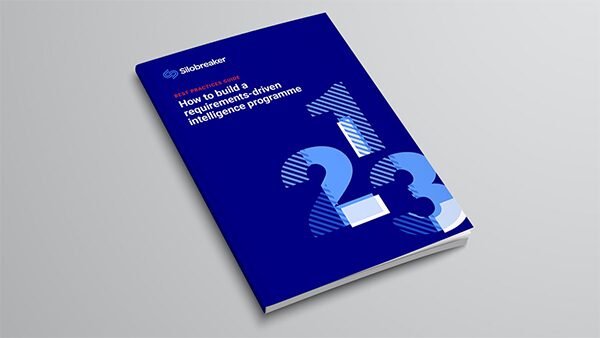Organisations face a growing array of risks, from cyber security threats, geopolitical and physical security risks – all of which can impact resilience and reputation. To effectively safeguard against these risks, organisations need timely, actionable intelligence for more informed decision-making. But with so much data available on the deep and dark web, it’s difficult to get a comprehensive view and pinpoint the relevant information.
That’s where Priority Intelligence Requirements (PIRs) come into play. By using PIRs as a guideline for organising and clarifying the information necessary for effective decision-making, intelligence teams can deliver tailored insights that stakeholders can trust.
According to the SANS 2023 Survey: Keeping Up with a Changing Threat Landscape “PIRs are the cornerstone of connecting threat intelligence to business needs.”
PIRs are also vital for assessing how well threat intelligence programs perform and demonstrate their business impact across the entire organisation. Written by experts in the field, this practical guide on “How to build a requirements-driven intelligence programme” offers practical advice that a threat intelligence team can use today.

This guide includes the following key insights and more:
- Formulating PIRs linked to risk profile, including how to establish a threat profile, identify and understand stakeholder needs and establish use-cases
- Defining and managing requirements, starting with answering the classic intelligence questions, Who, What, When, Where, Why and How
- Guiding data collection, and the ways PIRsprovide structure for intelligence collection and help identify the most relevant sources
- Developing effective feedback loops, and how to reassess the intelligence produced and initiate a new cycle of requirements calibrated to stakeholder needs.
Whether you’re looking to gain practical experience to enhance your organisation’s intelligence programme, or just getting started then this guide can help.
Five steps to get started
- Create a multi-year roadmap based on stakeholder requirements
- Define PIRs based on identifying and documenting achievement criteria
- Build a collection plan using the intelligence cycle
- Agree on a feedback loop and metrics to measure the performance of intelligence based on the actions its intended to support per stakeholder
- Deliver tailored intelligence to relevant stakeholders that supports outcomes in line with stakeholders’ goals.
Download the handbook “How to build a requirements-driven intelligence programme” today to learn about the tools and knowledge you need to cut through the noise and safeguard your organisation against emerging threats.
